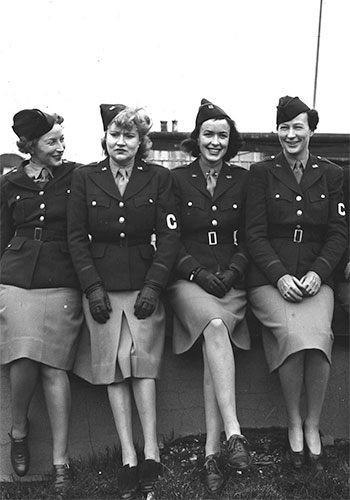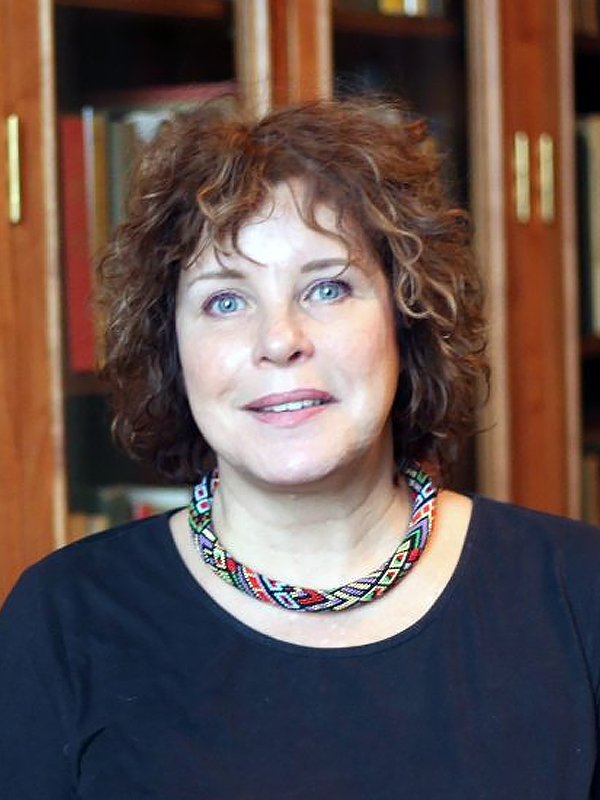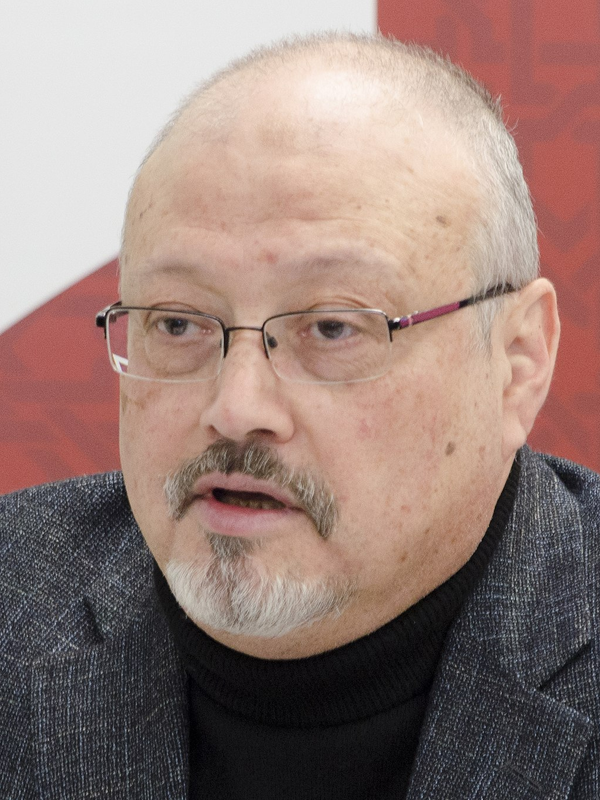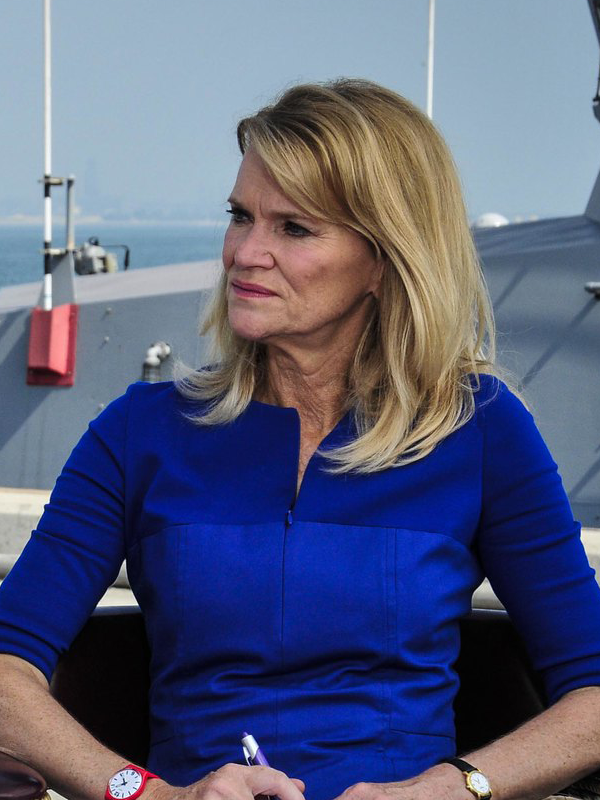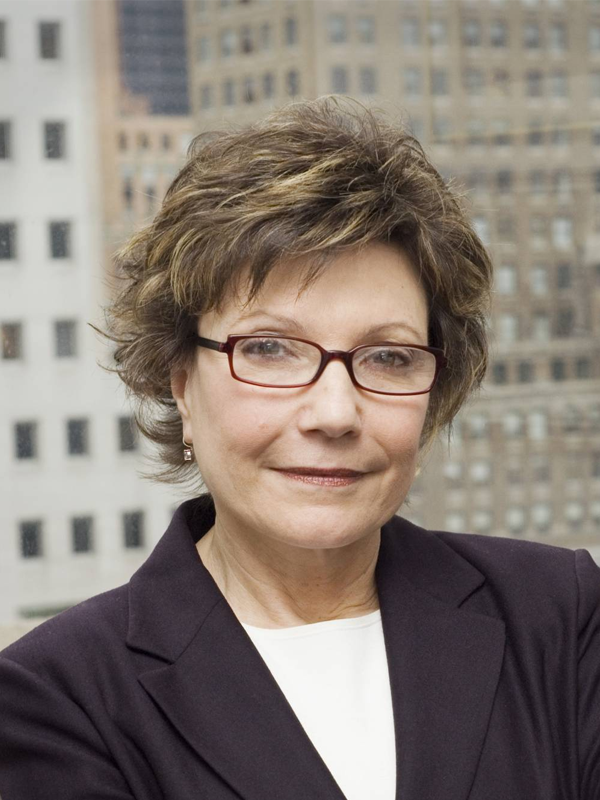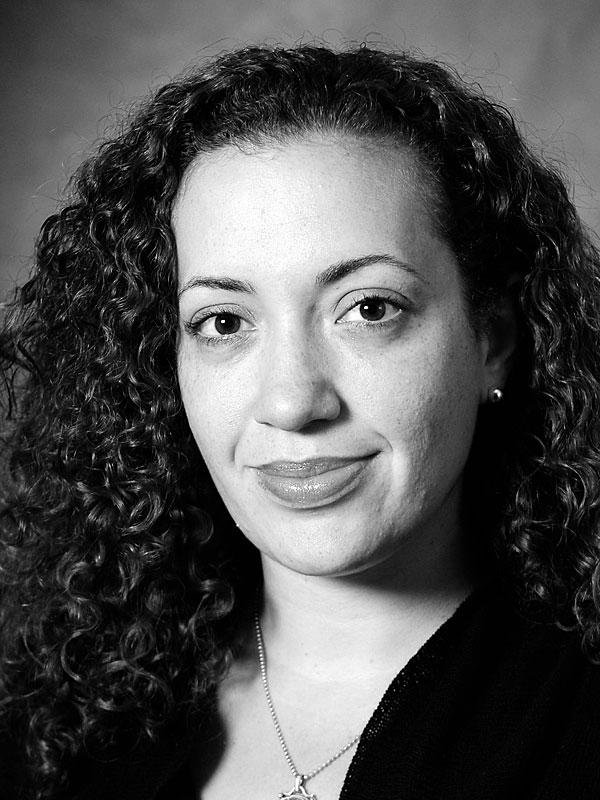Outcome
War correspondence was not just for men. Female journalists covered political developments and the humanitarian crises of World War II. While it is challenging for historians to say which factors had a direct impact on public opinion, news stories written and delivered by women and articles featuring African Americans helped to challenge previously held notions of who could tell the story of a nation in crisis.
More diversity in the subjects of news and diversity among journalist perspectives corresponded to slightly greater diversity in other aspects of American society. Companies such as the Ford Motor Company lifted bans on hiring women to fill the jobs of men heading off to war. The all-Black Tuskegee airmen helped spur the Double V Campaign, which was the fight for democracy overseas and on the home front in the United States for African Americans during World War II.
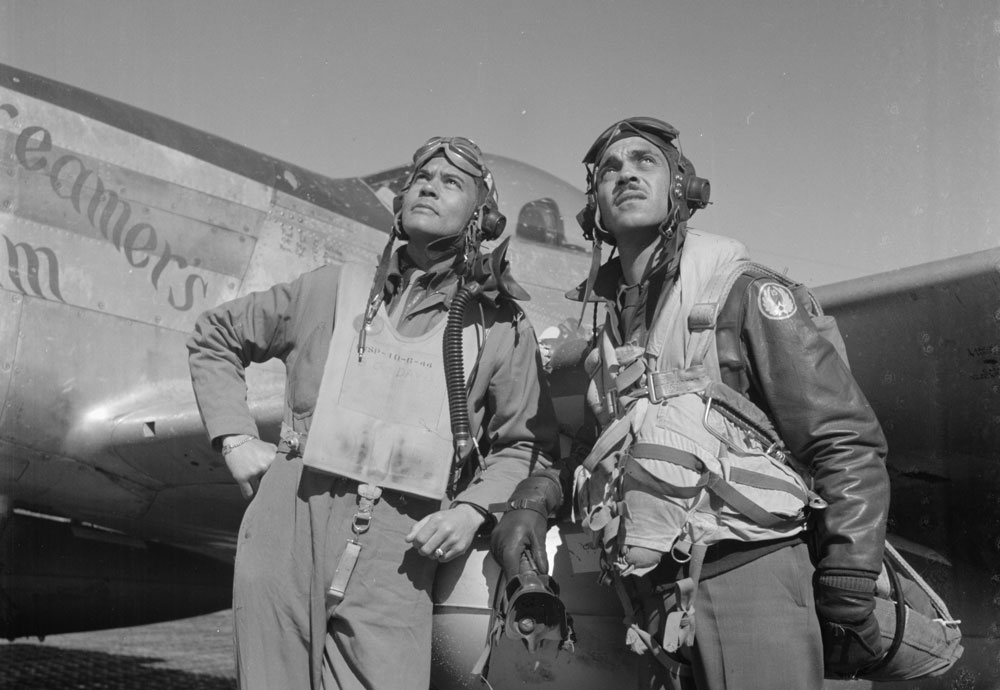
Col. Benjamin O. Davis and Edward C. Gleed at air base in Ramitelli, Italy, in March 1945 by Toni Frissell. Library of Congress
On June 25, 1941, President Franklin D. Roosevelt signed Executive Order 8802 to establish the Committee on Fair Employment Practices to investigate racial and ethnic discrimination. Additionally, the already established National Association for the Advancement of Colored People (NAACP) opened up a Washington bureau in 1942 to serve as a national policy office in the quest for equal rights for minorities, like those serving in the war effort. After southern Congressional representatives refused to support a bill ending segregation in the military, President Harry S. Truman signed Executive Order 9981 in 1948, which committed the government to integration.
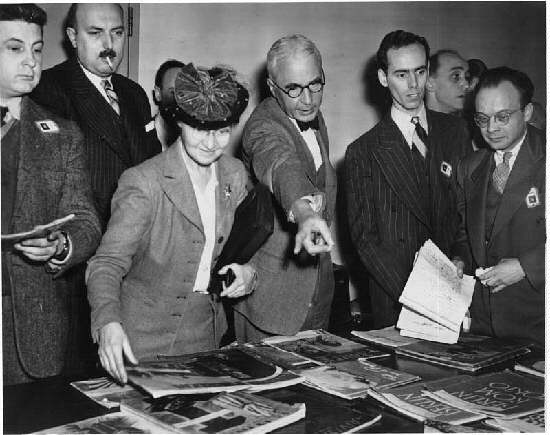
Review of Nazi propaganda by reporters at the OWI (Office of War Information), March 17, 1943. Library of Congress
The horrors of war and atrocities of World War II helped spur the creation of the Universal Declaration of Human Rights by the United Nations. Photojournalists like Thérèse Bonney brought awareness of a world outside of the United States that was in need of assistance, which helped pave the way toward the creation of UNICEF.
Careers for women journalists before WWII were largely limited to writing for the society page. However, by the turn of the 20th century, increased education and the formation of female professional organizations for women, provided more opportunity. After World War II female journalists continued to make gains. Alice Allison Dunnigan became the first female African American reporter to receive congressional and White House press accreditation. Other women followed, reporting from White House press conferences and traveling with the president on Air Force 1. In the 1960s, anti-discrimination legislation, prompted by a more inclusive political climate, removed corporate barriers that prevented women from holding high positions in the news business. Since the 1990s, women were reporting from armed conflicts around the world. Many female correspondents have gone on to producing news programs and heading news bureaus.
May Craig went on to make a record number of appearances on NBC’s Meet the Press, explaining policy and debating the issues of the day.
Discuss the following questions:
- Why do you think at first there was a reluctance to allow women to report on the war?
- Why do you think this reluctance changed over time?
- Reporting by female correspondents revealed other issues such as racial segregation and the effectiveness of women as war reporters. Why was it important that these issues were brought to the attention of the American public?
